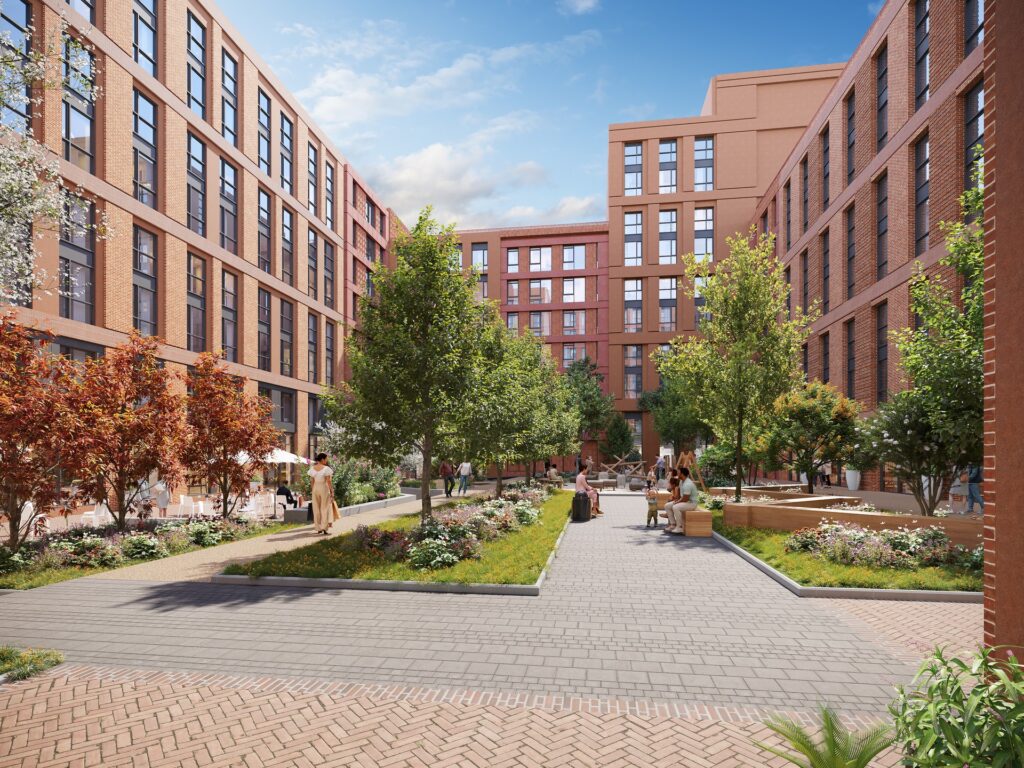Introduction to Social Housing Property Investment
Social housing property investment is gaining attention among both seasoned social housing investors and traditional buy-to-let landlords seeking stable and socially impactful returns. As the UK continues to face a significant shortage of affordable homes, investing in social housing provides a unique opportunity to generate income while addressing a pressing societal need. This article explores the main benefits and key considerations of social housing property investment to help investors make informed decisions.
Understanding Social Housing Property Investment
Social housing property investment involves purchasing residential properties that are leased to local authorities, housing associations, or registered providers. These properties are rented to tenants who qualify for social housing, typically due to low income or other vulnerabilities. Unlike standard buy-to-let properties, social housing units are often managed under long-term lease agreements, with rent guaranteed by the government or housing providers.
For investors who are new to this space, social housing represents a more hands-off approach compared to traditional buy-to-let investments. The housing provider usually takes responsibility for tenant management, maintenance, and property upkeep, reducing the day-to-day involvement of the investor.

Key Benefits of Social Housing Property Investment
One of the most attractive features of social housing property investment is long-term income security. In many cases, leases are signed for periods of 5 to 25 years, with guaranteed rent payments regardless of tenant occupancy. This stability can be particularly appealing in times of economic uncertainty, where traditional buy-to-let properties may face higher tenant turnover or arrears.
Another major benefit is the low management burden. Investors who have grown weary of tenant sourcing, maintenance coordination, and dealing with arrears will find relief in social housing arrangements. Housing associations and local councils often handle these responsibilities, making the investment more passive in nature.
Social housing also plays a vital role in the community, allowing investors to contribute to the greater good while earning a return. For socially conscious investors, this dual-purpose strategy can be very compelling. Not only does it support vulnerable individuals and families, but it also aligns with ESG (Environmental, Social, and Governance) investment principles that are increasingly valued in the financial world.
Financial Considerations in Social Housing Property Investment
Despite its benefits, social housing property investment comes with its own set of financial considerations. While rental yields can be strong, capital appreciation may be lower compared to properties in more dynamic private rental markets. This is especially true if the property is located in an area with limited demand for private rentals or slower growth.
Investors must also be mindful of property conditions. Many social housing providers require properties to meet specific standards before entering into lease agreements. This might involve upfront refurbishment costs or compliance with energy efficiency and safety regulations. While these improvements add long-term value, they do represent an initial capital outlay.
Furthermore, due diligence is essential when selecting a housing provider or local authority partner. Not all providers operate with the same level of financial stability or operational efficiency. A poorly managed agreement can lead to challenges in rent collection or unexpected maintenance issues. Investors should review lease terms carefully, ensuring that rent is contractually guaranteed and that the responsibilities of each party are clearly defined.

How Social Housing Property Investment Compares to Buy-to-Let
Traditional buy-to-let investing offers more flexibility in tenant selection, rental pricing, and property usage. However, it also involves more active management and greater exposure to market fluctuations. In contrast, social housing property investment offers a more predictable income stream, lower hands-on involvement, and longer-term tenancies.
For investors used to the traditional buy-to-let model, transitioning to social housing can feel like a shift in strategy. But it is one that increasingly makes sense, particularly in light of recent tax changes, stricter mortgage requirements, and rising regulatory costs facing private landlords. Social housing provides a more stable and often more rewarding alternative in today’s evolving property market.
Conclusion: Is Social Housing Property Investment Right for You?
Social housing property investment is not a one-size-fits-all strategy, but it presents a compelling proposition for investors seeking consistent income, reduced management hassle, and a chance to make a positive social impact. Whether you’re a dedicated social housing investor or a buy-to-let landlord exploring new avenues, this investment route deserves serious consideration.
By understanding the benefits and being aware of the potential challenges, investors can make well-informed decisions that align with their financial goals and personal values. With rising demand for affordable housing and increasing government support, social housing property investment is well positioned to grow in both relevance and opportunity in the years ahead.










